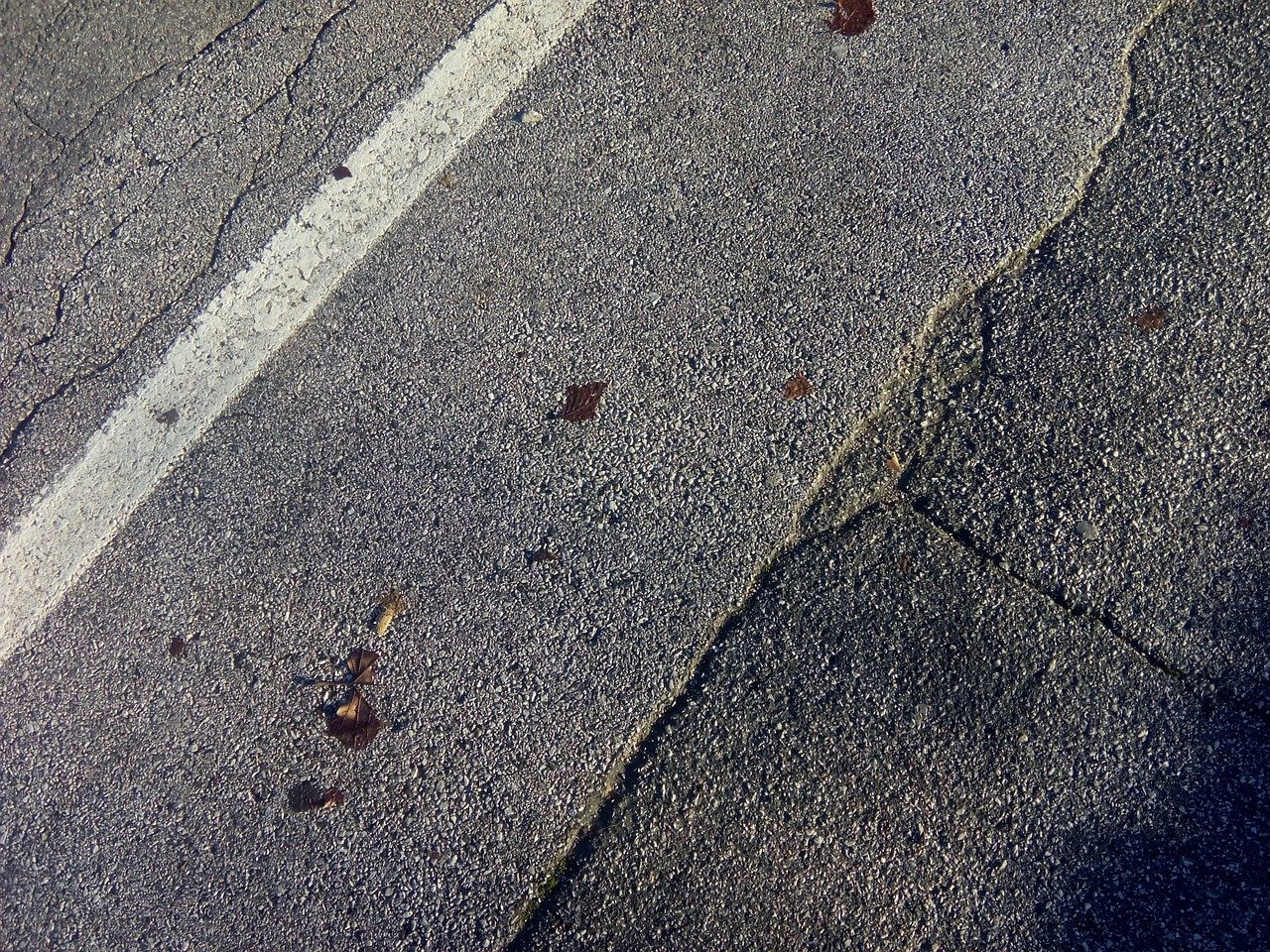No drum roll needed. The answer to the question “which state is the worst for drivers?” is obvious. It’s California.
An analysis of “diverse datasets covering cost, safety, driving quality and weather” by Bankrate yielded the most unsurprising results. For the fourth time since Bankrate began looking at “the driving experience across the U.S.,” California is dead last, “partially due to the state’s sky-high gas and auto insurance prices.”
Despite having “some of the best weather in the United States,” the Golden State is tainted by being rated the “seventh for worst driving quality” and for having the highest costs to be on the road.
For instance, California is the “eighth most expensive state for car insurance.” The national average for full coverage is $1,674 a year, but Californians pay $2,065 annually for similar insurance.
Fuel is another outrageous expense. Nowhere does it cost more. On Nov. 29, Californians were paying $4.71 a gallon for regular, $4.90 for mid-grade, and $5.02 for premium. The national median was $3.40. Hawaii prices were the closest to California’s but were still noticeably cheaper.
Vehicle repairs are also the most expensive in the country. CarMD says California car owners paid $411 to have their check engine light-related problems fixed in 2020, $4 more than the next-most expensive state (Connecticut) and out of sight of the lowest cost, the $342 Ohioans paid.
This state is a dangerous place to drive, too. It “clocks the most DUI arrests of any state per year, at 120,262 in 2019, the last year for which data was available.”
The costs Californians pay for insurance and fuel are not inexplicable. There’s no mystery. They are the products of public policy.
A substantial portion of the high cost of insurance is due to California’s many densely populated regions, where crime rolls on almost unchecked. As the world has seen, overindulging offenders has given them a symbolic license to commit property crimes. Thieves have been literally running wild. Car break-ins are “rampant” in San Francisco and there’s been “a surge” in San Jose. From May 2020 to May 2021, car break-ins soared 753% in the former’s Central District. The most common crime in Los Angeles in 2020 was burglary from vehicles. While that was down 14% from 2019, vehicle thefts rose by 33%.
Accidents also impact auto insurance rates, and California’s reluctance to expand highway capacity forces a lot of cars into small spaces. The resulting congestion, as well as the outdated narrow lanes, and difficult-to-navigate tracks, all increase the likelihood that more than a few drivers will ultimately run into each other.
Gasoline prices are similarly affected by policy. California has the highest motor fuel taxes in the country – 67 cents a gallon – according to the Tax Foundation, which analyzed American Petroleum Institute data. The national median is about 30 cents a gallon.
What’s more, blue state energy policies unrelated to direct taxes and fees contribute to higher fuel prices. California drivers pay 37% more for gasoline compared to the national average. Cap-and-trade alone adds more than 14 cents to the price of every gallon, while the low-carbon fuel standard slaps another 22 to 24 cents a gallon on the price.
And things might grow worse. As the requirements of cap-and-trade and the low carbon fuel standard become more demanding, their costs will continue to add up, reaching a range from 89 cents to $2.10 a gallon.
It’s all enough to make Californians want to abandon their cars, which is exactly what policymakers want.
Kerry Jackson is a fellow with the Center for California Reform at the Pacific Research Institute.

